Profile load capacity

KEEP IN MIND THE FOLLOWING FACTORS during the use of aluminium profiles:
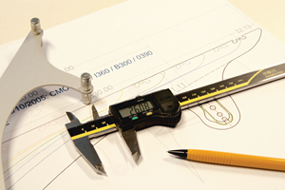
PRODUCTION STRATEGY
The design of the different profile sections are decided in relation with the alloy choice and the manufacturing processes. It allows each item to reach the reference loading capacity.
This is the main reason why the slavish reproductions of our profiles do not reach our own loading capacity characteristics.
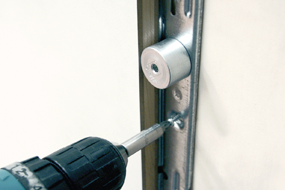
FIXING
Profiles are conceived in order to exceed the loading capacity of a 5 mm plug that reaches in average about 350 kg under normal operating conditions. It is very important to carry out the most suitable fixing to the wall, also using frames if necessary.
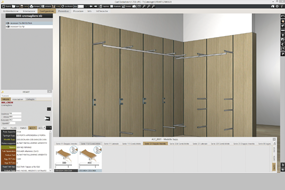
PLANNING AND DESIGN OF THE STRUCTURE
The indications of this catalogue and the professional experience of a designer or an installer determine the choice of a right profile and its application.
The different profiles options are availlable regarding: drilling types - single or double and assembly, central or side load, distances between profiles and its related accessories.
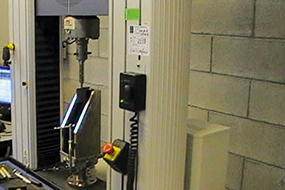
LOADING TESTS
Our slotted profiles are subjected to very severe destructive tests in laboratory simulations.
The test described below shows a standard profile, with support loaded on a single tooth, standing over 400 kg.
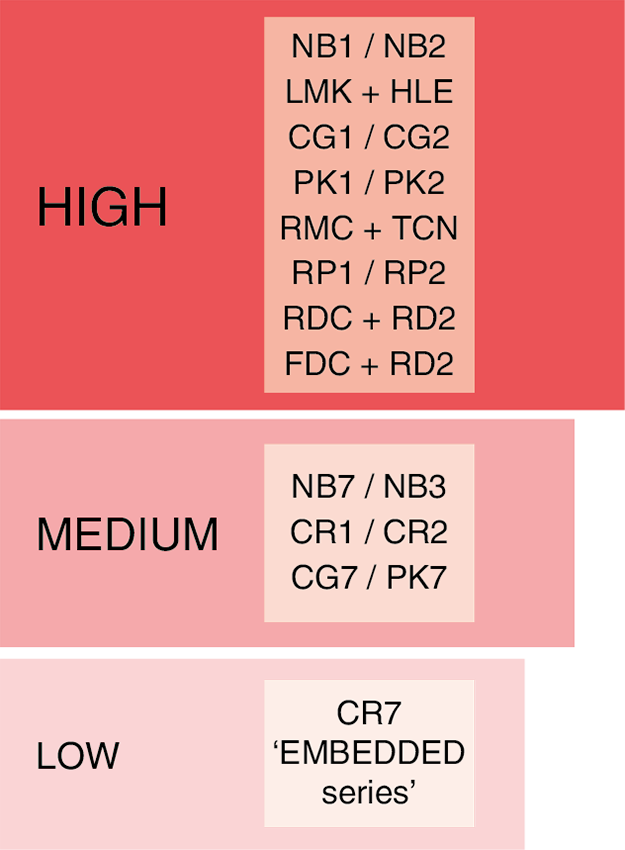
LOADING CATEGORIES
According to the technical data provided in these pages, it is clear that there are so many variations in the way a profile can be loaded that it becomes very difficult to assign a nominal loading capacity in average conditions. Anyway, considering the section dimension and how the fixings are positioned, the profiles can be divided into the following loading categories:
